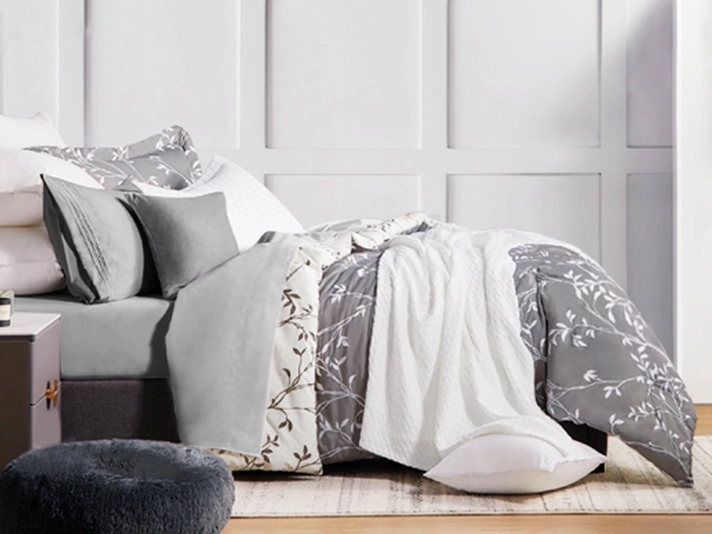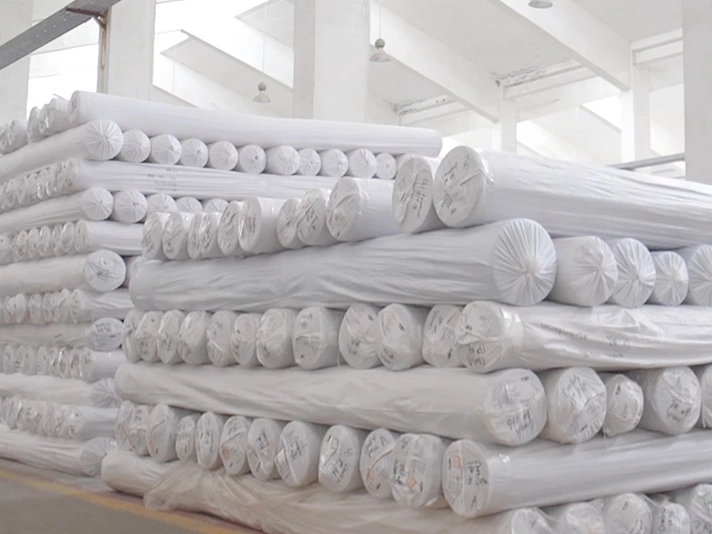Choosing a Duvet Insert Smaller Than the Cover for Optimal Comfort and Fit
Understanding Duvet Inserts That Are Smaller Than Their Covers
When it comes to creating a cozy and inviting bedding setup, the duvet plays a crucial role. A duvet not only adds warmth but also enhances the aesthetic appeal of a bedroom. However, many people often find themselves confused about the appropriate size of the duvet insert in relation to the duvet cover. In particular, what does it mean when a duvet insert is smaller than its cover, and how does this affect your bedding experience?
The Basics of Duvets and Covers
A duvet is essentially a soft, flat bag filled with feathers, down, or synthetic fibers that provides insulation and warmth. The duvet cover, on the other hand, is a protective layer that encases the duvet, safeguarding it from dust, dirt, and wear while adding a decorative touch. When selecting a duvet insert, it's vital to ensure that it fits well inside your duvet cover. However, there are instances when a duvet insert may be smaller than the cover itself.
Reasons for Choosing a Smaller Duvet Insert
1. Aesthetic Appeal A duvet insert that is slightly smaller than the cover can create a “fluffy” look. This aesthetic choice is particularly popular in modern and minimalist interior designs. The extra fabric around the smaller insert can create an inviting, layered look, contributing to a relaxed and comfortable atmosphere in the bedroom.
2. Ease of Layering When styling your bed, a smaller duvet insert allows for easier layering with additional blankets, throws, or comforters. This can be particularly useful during seasonal changes when the desired warmth can fluctuate. You can add or remove layers based on your comfort level without compromising the overall appearance of your bed.
3. Mobility and Versatility A smaller duvet insert may be easier to maneuver, especially for individuals who frequently ditch or adjust their bedding during the night. A lighter, less bulky duvet can be more comfortable for restless sleepers who like to move around while they sleep.
duvet insert smaller than cover

Potential Downsides
While there are advantages to using a smaller duvet insert, there are also some potential downsides that one should consider
1. Coverage and Warmth A shorter duvet insert may leave cold spots or expose more of the duvet cover, leading to discomfort, particularly in colder months. It’s essential to ensure that the duvet insert still offers adequate coverage for warmth.
2. Visual Discrepancy If the size difference is too significant, the aesthetic appeal may be compromised, resulting in an unbalanced look. A duvet that is too small for its cover can appear disheveled and may not provide the polished look that many desire in their bedroom décor.
3. Movement Within the Cover A duvet that is smaller than its cover may tend to shift around more easily, which can be annoying when making the bed or during the night. Ensuring the duvet has some movement for comfort is beneficial, but excessive mobility might lead to a messy appearance.
Conclusion
Ultimately, the choice of a duvet insert size relative to its cover can depend on personal preferences, aesthetic desires, and practical needs. A smaller duvet insert may add style and versatility, but it’s important to consider the implications for warmth and coverage. When selecting bedding, weighing these factors can lead to a more satisfying and enjoyable sleeping experience. Remember, casual elegance can be achieved with mindful choices, allowing you to create a sanctuary in your bedroom that reflects your unique taste and comfort needs.
-
Creating a Spa Day with Plush Waffle Bath RobesNewsAug.14, 2025
-
How to Cut Linen Maintenance Costs by 30% with Proper Polycotton IroningNewsAug.11, 2025
-
Elevating Comfort and Quality with the Right Bed LinenNewsJul.07, 2025
-
Bedding Essentials: From Percale Sheets to White Quilts, Finding Your Perfect Sleep HavenNewsJul.07, 2025
-
Choosing the Right Bedding for a Comfortable and Stylish BedroomNewsJul.07, 2025
-
Understanding the Diverse World of Towel TypesNewsMay.29, 2025
-
The Ultimate Comfort: Discover the Benefits of Polycotton SheetsNewsMay.29, 2025






